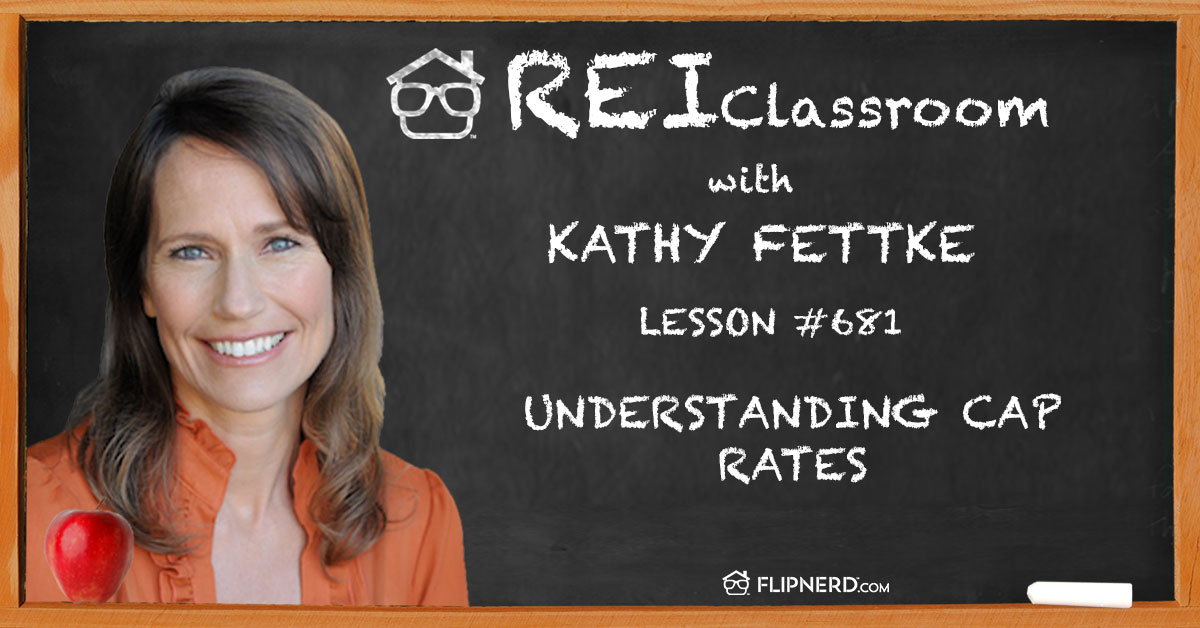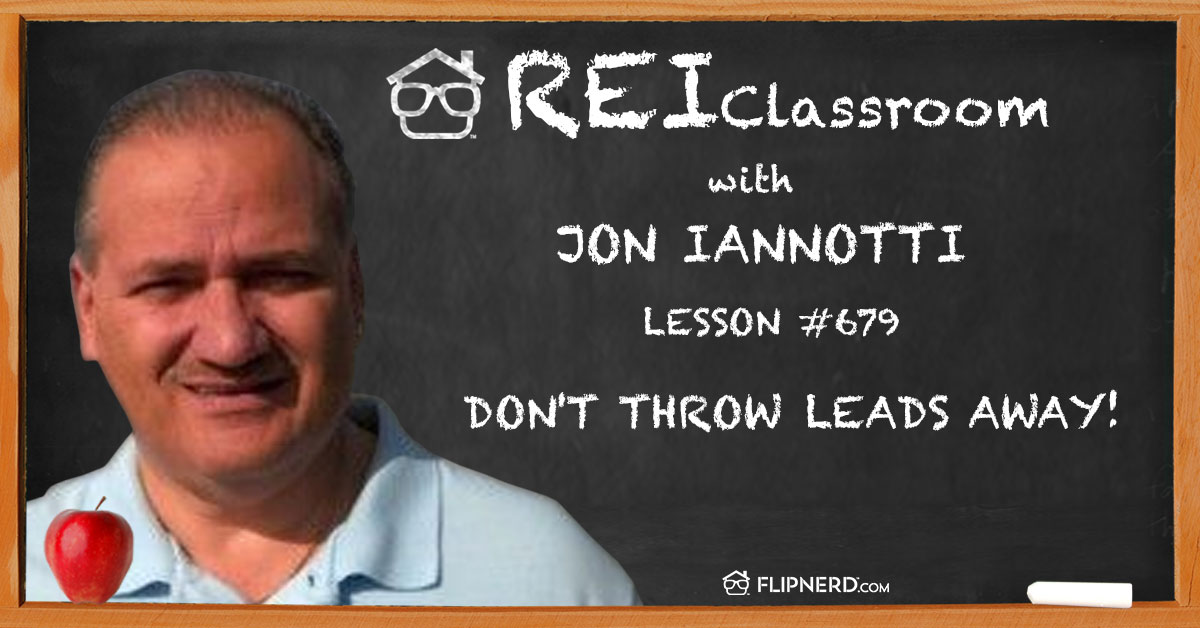Today’s REI Classroom Lesson
Marco Santarelli elaborates on how to choose the best market for your real estate investments. Not only is it important to consider economic factors, but it’s also important to consider real estate factors.
REI Classroom Summary
Ideally, you should consider factors such as the size of the market, the unemployment rate, and if wages in the area are generally increasing or decreasing.
Listen to this REI Classroom Lesson
Real Estate Investing Classroom Show Transcripts:
Mike: Welcome back to the flipnerd.com REI Classroom where experts from across the real estate investing industry teach you quick lessons to take your business to the next level. And now, let’s meet today’s expert host.
Marco: Hi, my name is Marco Santarelli with Norada Real Estate Investments and I’m your host on the REI classroom today. Today’s topic is “Choosing the best market for your real estate investment.”
Mike: This REI Classroom real estate lesson is sponsored by theinvestormachine.com, FlipNerd’s private investor coaching program and your blueprint to investing success.
Marco: When evaluating a region or city to invest in, start at the big picture level to determine the right geography for your needs, and then you drill down into the neighborhood level. So when looking at a metro region, there are a wealth of statistics in the available . . . nuggets of information you gather all over the internet to help you determine the overall viability of a market. So I’m only going to give you a few today because I could talk about this for an hour. But here are several categories of data and facts to consider.
First of all, there are economic factors. Ask yourself these questions, “How many people live there?” “Is the area large enough to provide a diverse rental population?” You don’t necessarily want to be in a very tiny, micro market. You want to be in an area where you have a large rental pool. Second, ask yourself, “Is the population expanding or contracting?” You see, cities experience growth, and growth is a good thing. But a declining population is generally a sign of economic decline and may reflect very poorly on investment prospect or a certain market. And we’ve seen this happen in markets like Detroit, where you had two million people at one time, and then that city just declined into 600,000, 700,000 people.
The next question is, “Is there economic diversity?” One company or a one industry market can take a big hit if that one employer base goes through a difficult time, through let’s say, a recession, or they just choose to move. So a city with multiple economic drivers will be more stable and more likely to grow. So you want a diverse segmentation of industry and a market. Look at wages. Are those wages rising, falling, or are they stagnant? If they’re stable or rising that’s a good trend. So these are the things you want to look at.
And last but not least, what is the unemployment rate? And it’s not so much just the rate, but the trend. If that trend is going the wrong direction, that’s a red flag and something to take seriously. So if employment is rising and unemployment is dropping, that’s a great sign. That’s one of many things you want to look at.
Now, next are real estate factors. So we looked at economic factors. Now let’s look at some real estate factors. So once you find a market or maybe a few markets that look positive at the economic level, it makes sense to start looking at the general housing market in that area. So some of the questions that you want to ask yourself here are, “What is the ratio of owner-occupied homes to rental properties?” Now you’re going to look at this first at the broad market or maybe the sub-market, and eventually, you’ll work your way down to the neighborhood level. But areas with high percentages of renters obviously create a bigger pool for you to choose from and more demand for quality rental units. However, and a big however, you don’t want to be in a market where it’s predominantly made up of renters.
For example, if you’re in a neighborhood that’s got 20%, 30%, or maybe 40% of owner-occupied homes, that might be very clearly a C grade neighborhood or possibly even a D. There might be higher rates of crime and other issues. So be mindful of that. Another thing I like to look at, are the rent to value ratios. A general rule of thumb is that monthly rent should be at least 1%, or close to 1% of the property’s value. So for example, if you buy a property for $250,000 and you can only rent it for $1,800 a month, the likelihood is that you will not see positive cash flow, or it will be very slim. And so in markets like that, you’re typically banking on appreciation which is speculation. I don’t want you doing that.
What you ideally want to see is $100,000 home renting for $1,000 a month, or $150,000 home renting for $1,500 a month. Be close to that 1% rent to value ratio. If it’s higher, it’s better. If it’s lower, well, you start to look a little harder at the type of market you’re in. You may be in a cyclical market, and it’s more based on appreciation. Now, look at vacancy rates and the time on market. A property purchased at a bargain rate does not do you any good if you can’t find a renter. So look at vacancy rates. Evaluating those trends in the number of . . . And the number of vacant properties and the average time to fill a vacant rental is critical. So you want to be on the right side of that trend.
And then last but not least, you want to look at housing sales statistics. Even if you’re looking at a long term buy and hold, the ability to sell a property down the road and receive a reasonable price or profit is critical to your exit strategy. Now, this may not apply if you’re a very, very long-term investor. I’m talking like 10, 20, 30 years down the road, or maybe never, which is one of the concepts we teach investors. But this could be a solid indicator in the overall health of the market. So look at trends such as the month’s supply of inventory, the time on market for these homes, and the asking price versus the sale price.
So these factors will tell you if you’re in a seller’s market or a buyer’s market, and the velocity of sales. So once you’ve used these metrics to identify a possible market at the regional or city level and then down to the local and neighborhood level, now you can start focusing on individual properties within that sub market and neighborhood. And these are all just items you have to define within your criteria. So again, I could talk for an hour. This is a big topic. I want to give you a high level overview, but for more free wealth building information like this, go ahead and visit our website at www.noradarealestate.com, and you can also listen to my podcast, Passive Real Estate Investing on iTunes. Thank you.
Mike: Are you looking to change your life through real estate investing? If you’re interested in either getting started or taking your business to the next level, please check out FlipNerd’s private program at theinvestormachine.com. This is the most robust real estate investor coaching, networking, and mastermind on the planet and designed for your success.
If you’re ready to roll up your sleeves, ready to take personal responsibility for your own success, and ready to dive into a world class instructional coaching program that provides you step-by-step instruction to help you achieve financial freedom, then you should apply today. Spaces are limited and candidates are only considered after an application and interview process. Our 12-month investor program is unparalleled. Think you might be a fit? Learn more today at theinvestormachine.com.
Please note, the views and opinions expressed by the individuals in this program do not necessarily reflect those of flipnerd.com or any of its partners, advertisers, or affiliates. Please consult professionals before making any investment or tax decisions, as real estate investing can be risky.
Are you a member yet of flipnerd.com, the hottest real estate investing social community online? If not, you can join for free in less than 30 seconds and get access to hundreds of off-market deals, vendors in your market to help you in your business, and you can start networking with thousands of other investors just like you. Get your free account now at flipnerd.com.
Please check out the FlipNerd family of real estate investing shows where you can access hundreds of expert interviews, quick tips, and lessons from leaders across the real estate investing industry. They’re available at flipnerd.com/shows or simply search for FlipNerd in the iTunes store.










